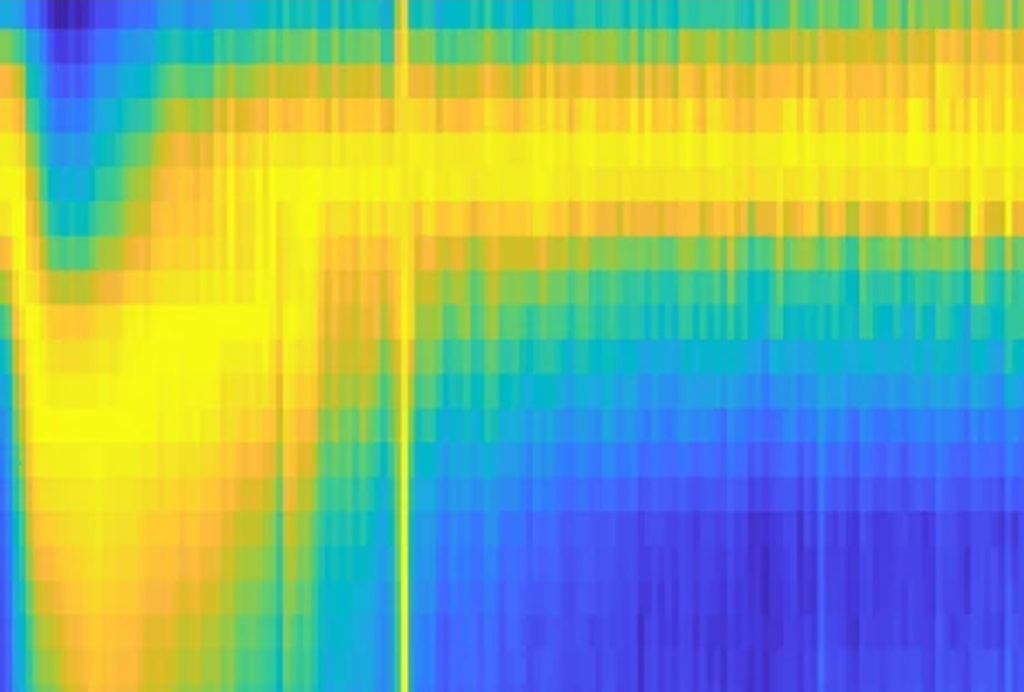DISC1
Recent articles
Molecular mechanisms: FOXP2 leads to new autism gene
FOXP2, a language gene that is linked to autism, may regulate active connections between neurons by controlling the levels of a protein called SRPX2, according to a study published 22 November in Science.

Molecular mechanisms: FOXP2 leads to new autism gene
FOXP2, a language gene that is linked to autism, may regulate active connections between neurons by controlling the levels of a protein called SRPX2, according to a study published 22 November in Science.
Genetics: Brain development pathway linked to autism
Individuals with autism may carry genetic variants in a pathway important for brain development, according to a study published in September in Translational Psychiatry.

Genetics: Brain development pathway linked to autism
Individuals with autism may carry genetic variants in a pathway important for brain development, according to a study published in September in Translational Psychiatry.
Molecular mechanisms: Maternal infection modifies histones
Infection during pregnancy may alter the chemical tags that are added to histones, proteins that form a spool for DNA, according to a study published 9 February in Brain, Behavior and Immunity. Drugs that target these tags may treat neuropsychiatric disorders, the researchers say.

Molecular mechanisms: Maternal infection modifies histones
Infection during pregnancy may alter the chemical tags that are added to histones, proteins that form a spool for DNA, according to a study published 9 February in Brain, Behavior and Immunity. Drugs that target these tags may treat neuropsychiatric disorders, the researchers say.
Fluorescent fish help track mitochondrial motion
Fish engineered to express fluorescent proteins allow researchers to follow the paths of migrating mitochondria, the cell’s energy producers, according to a study published 14 November in The Journal of Neuroscience.

Fluorescent fish help track mitochondrial motion
Fish engineered to express fluorescent proteins allow researchers to follow the paths of migrating mitochondria, the cell’s energy producers, according to a study published 14 November in The Journal of Neuroscience.
Molecular mechanisms: Autism genes regulate cell sensors
Genes involved in neuropsychiatric disorders tend to be required for the formation of primary cilia — small tentacles on the cell surface that sense the external environment — according to a study published 3 October in PLoS One.

Molecular mechanisms: Autism genes regulate cell sensors
Genes involved in neuropsychiatric disorders tend to be required for the formation of primary cilia — small tentacles on the cell surface that sense the external environment — according to a study published 3 October in PLoS One.
Stem cells reveal genes that have parental bias
Researchers have used stem cells to identify 801 neuronal genes that are preferentially expressed from either the maternal or paternal chromosome, according to a study published 30 August in PLoS One. Of these genes, 26 are linked to autism and 48 to schizophrenia.

Stem cells reveal genes that have parental bias
Researchers have used stem cells to identify 801 neuronal genes that are preferentially expressed from either the maternal or paternal chromosome, according to a study published 30 August in PLoS One. Of these genes, 26 are linked to autism and 48 to schizophrenia.
Genetics: Language gene may regulate autism, schizophrenia
FOXP2, a protein linked to language development that regulates the expression of some autism-associated genes, also dampens expression of DISC1, mutations in which have been linked to both schizophrenia and autism. The results were published 20 March in Human Molecular Genetics.

Genetics: Language gene may regulate autism, schizophrenia
FOXP2, a protein linked to language development that regulates the expression of some autism-associated genes, also dampens expression of DISC1, mutations in which have been linked to both schizophrenia and autism. The results were published 20 March in Human Molecular Genetics.
Molecular mechanisms: Autism gene modulates connectivity
Neurons lacking PTEN, an autism-associated gene also involved in cancer, are hyperconnected to both near and distant brain cells, according to a study published 1 February in The Journal of Neuroscience.

Molecular mechanisms: Autism gene modulates connectivity
Neurons lacking PTEN, an autism-associated gene also involved in cancer, are hyperconnected to both near and distant brain cells, according to a study published 1 February in The Journal of Neuroscience.
Molecular mechanisms: Autism protein forms aggregates
DISC1, an autism-associated protein, can form large aggregates that deplete the amount of functional DISC1 in cells, according to a study published 14 February in Human Molecular Genetics.

Molecular mechanisms: Autism protein forms aggregates
DISC1, an autism-associated protein, can form large aggregates that deplete the amount of functional DISC1 in cells, according to a study published 14 February in Human Molecular Genetics.
Genetics: Autism, Tourette syndrome genes overlap
Genes implicated in Tourette syndrome overlap with those involved in autism, according to an analysis of rare DNA duplications and deletions in people with the syndrome, published in the March issue of Biological Psychiatry.

Genetics: Autism, Tourette syndrome genes overlap
Genes implicated in Tourette syndrome overlap with those involved in autism, according to an analysis of rare DNA duplications and deletions in people with the syndrome, published in the March issue of Biological Psychiatry.
Explore more from The Transmitter
Dispute erupts over universal cortical brain-wave claim
The debate highlights opposing views on how the cortex transmits information.

Dispute erupts over universal cortical brain-wave claim
The debate highlights opposing views on how the cortex transmits information.
Waves of calcium activity dictate eye structure in flies
Synchronized signals in non-neuronal retinal cells draw the tiny compartments of a fruit fly’s compound eye into alignment during pupal development.
Waves of calcium activity dictate eye structure in flies
Synchronized signals in non-neuronal retinal cells draw the tiny compartments of a fruit fly’s compound eye into alignment during pupal development.
Among brain changes studied in autism, spotlight shifts to subcortex
The striatum and thalamus are more likely than the cerebral cortex to express autism variants or bear transcriptional changes, two unpublished studies find.

Among brain changes studied in autism, spotlight shifts to subcortex
The striatum and thalamus are more likely than the cerebral cortex to express autism variants or bear transcriptional changes, two unpublished studies find.